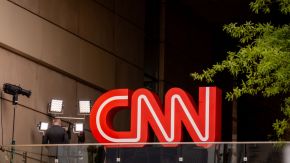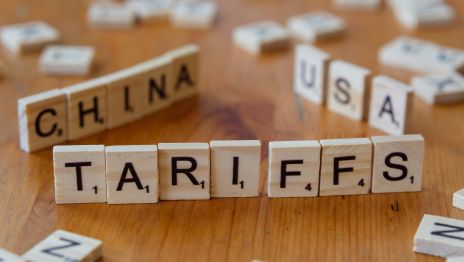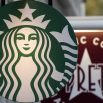The U.S. Federal Reserve may adopt numerical thresholds for inflation and joblessness that would serve as guideposts for monetary policy, according to meeting minutes that showed some reservations about the central bank's latest stimulus.
The Fed last month launched a third round of large-scale bonds buys, announcing an open-ended program that kicks off with $40 billion per month of new mortgage debt purchases.
Minutes of the Fed's September 12-13 meeting released on Thursday showed officials were broadly in agreement that more policy stimulus was needed given the meager economic recovery.
"Members generally judged that without additional policy accommodation, economic growth might not be strong enough to generate sustained improvement in labor market conditions," the minutes said.
The central bank's latest bond purchases come on top of the $2.3 trillion in debt it has already bought in an attempt to spur stronger growth. It has also held overnight interest rates near zero since late 2008, and said after its September meeting they would likely remain there until at least mid-2015.
There was clear support for an approach championed by Chicago Federal Reserve Bank President Charles Evans that would lay out the economic factors the central bank would consider in deciding when to finally raise interest rates.
Evans has advocated keeping rates ultra low for as long as it takes to get the jobless rate below 7 percent as long as inflation does not top 3 percent.
But arriving at a consensus on what exact markers to use - and how to communicate the shift away from the Fed's current 2015 guidance - remained a tricky task.
"Most participants agreed that the use of numerical thresholds could be useful in providing more clarity about the conditionality of the forward guidance but thought that further work would be needed to address the related communications challenges," the minutes said.
Michael Feroli, chief U.S. economist and resident Fed-watcher at JP Morgan, says he does expect officials to find common ground.
"We would be surprised if that work could be completed at the next meeting, but we do think the challenges can be overcome by early next year," he said.
With the nation's unemployment rate at 8.1 percent and expected to have ticked even higher in September, the Fed made clear it will continue its policy easing until the jobs outlook improves substantially. It vowed to maintain stimulus as long as inflation is under control even after the recovery picks up.
UNHAPPY HAWKS
While the new bond purchases appear to have broad support within the Fed's influential core, particularly its Washington-based board of presidentially appointed governors, some officials expressed unease.
Inflation hawks at some of the Fed's regional banks are worried that further expansion of the central bank's balance sheet, which at $2.8 trillion is already more than triple its pre-crisis levels, will make it more difficult for the policy-setting committee to pull back when the time comes.
"Several participants reiterated their concern that additional purchases might complicate the committee's efforts to withdraw monetary policy accommodation when it eventually became appropriate to do so, raising the risk of undesirably high inflation in the future and potentially unmooring inflation expectations," the minutes said.
Still, officials saw the risks to the inflation outlook as roughly balanced and the Fed's forecasts suggest price growth will remain shy of the central bank's 2 percent target for the foreseeable future.
The minutes also showed the Fed was considering publishing a consensus forecast that would be agreed upon by all policymakers. This would unify the sometimes divergent outlooks of policymakers, whose forecasts for the path of policy are currently published on an individual, anonymous basis.
It will discuss progress on this front at its policy meeting later this month.
U.S. economic data have been mixed since the Fed's September gathering. Orders for U.S.-made durable goods in August posted their largest drop since the 2008-2009 recession. At the same time, manufacturing has shown signs of stabilizing after several months of weakness.
But the main focus of Fed officials is on the jobs market.
The U.S. Labor Department will release its report on employment in September on Friday. Analysts polled by Reuters are looking for a net increase of just 113,000 jobs, and see the jobless rate rising by a tenth of a percentage point to 8.2 percent.
Continued job growth at this subdued level could lead the Fed to boost its purchases of U.S. Treasuries early next year, after the expiration of its ongoing Operation Twist program in which it has been selling short-term securities to buy long-term debt.















